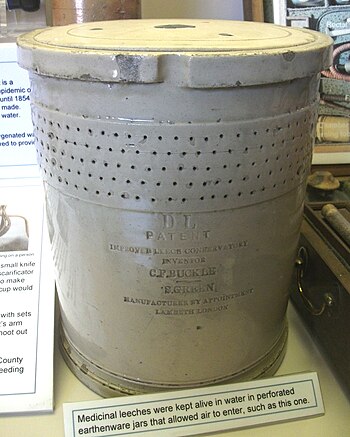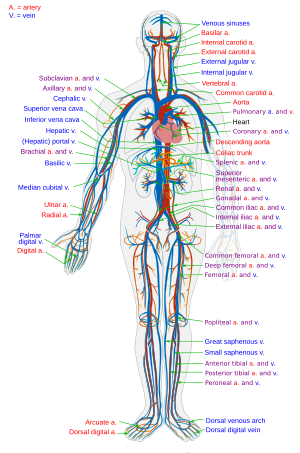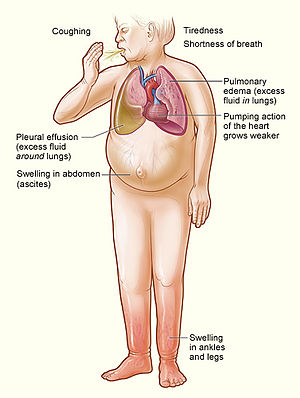A multidisciplinary panel of medical experts agreed recently to raise the blood pressure limits for people over 60 and people with kidney disease. Instead of 140/90 the new top limit is 150/90 for people over 60. For people with diabetes or kidney disease it’s changed from 130/80 to 140/90. The result is your doctor has more leeway for diagnosing you as an individual.
Yes, it says raise the limit. Shocking, eh? The trend, as seen so clearly with the cholesterol meds, has been to keep lowering the “desired” limit – and thus end up forcing more and more people to take medications. Wonder what happened here?

But, hey, the fight is not over. Five of the panel’s 20 experts dissented. That is, they disagreed with the majority, just as happens with our Supreme Court. Only the thing is, when judges dissent, the majority decision becomes law anyway. That doesn’t happen in medicine.
Rather than the majority ruling settling the issue in the medical world, the opinions of the minority nay-sayers become the news story instead. Witness the article in the March, 2014 issue of the AARP Bulletin. It focuses on the dire warnings of the dissenters who claim that changing the guidelines will nullify the advances that have occurred in lowering risks.
The result is that patients have little clarity about where they really stand. Which is why it is so very important to find a doctor you respect, who sees you as an individual human being and who respects you for your own “medical mind.” (see my other posts on using your medical mind).
Just remember. At one time doctors were certain that applying leeches to the patient’s skin was a cure for sickness. And – unlike the occasional pharmaceutical purveyor – the leeches weren’t offering any incentives for the doctors to use them.















